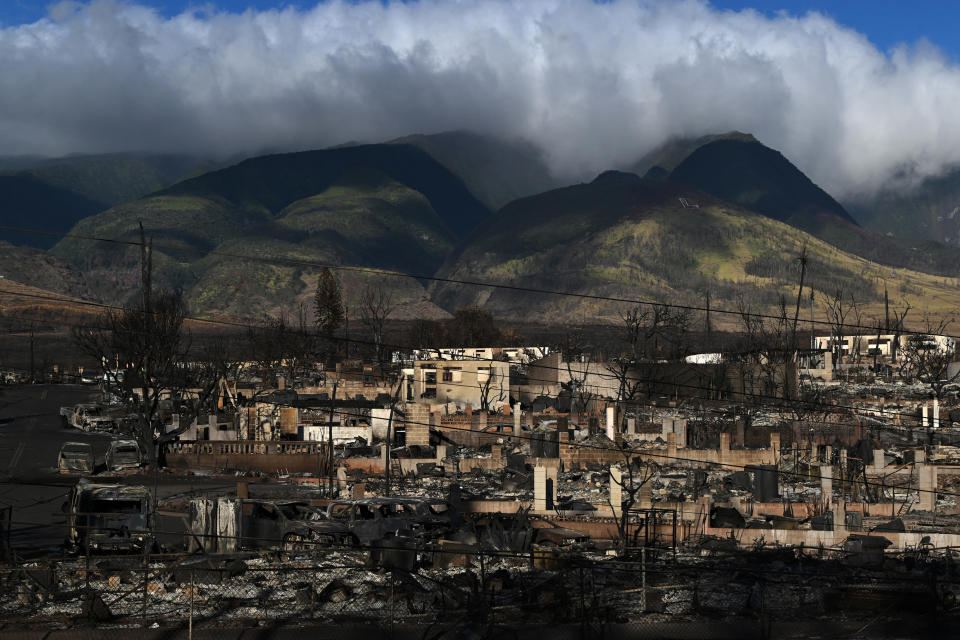34 Photos Of Climate Disasters In 2023 To Show Someone Who STILL Doesn't Believe In Climate Change

This year, we saw the environment go through another year of absolute torture. In the US, we've seen historic floods in New York and California, southern and midwestern droughts, and even a Colorado hail storm in June. This year, there have been 25 climate disasters with losses potentially exceeding a billion dollars in the US alone, not to mention the many more disasters around the world.
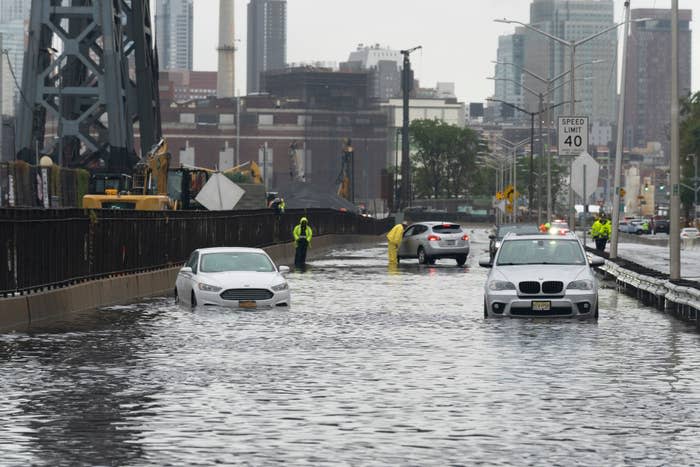
Combating climate change and saving our environment could never be more important. So, let's talk about some of the devastating climate and environmental disasters that we experienced here in the US:
1.Tropical Storm Hilary
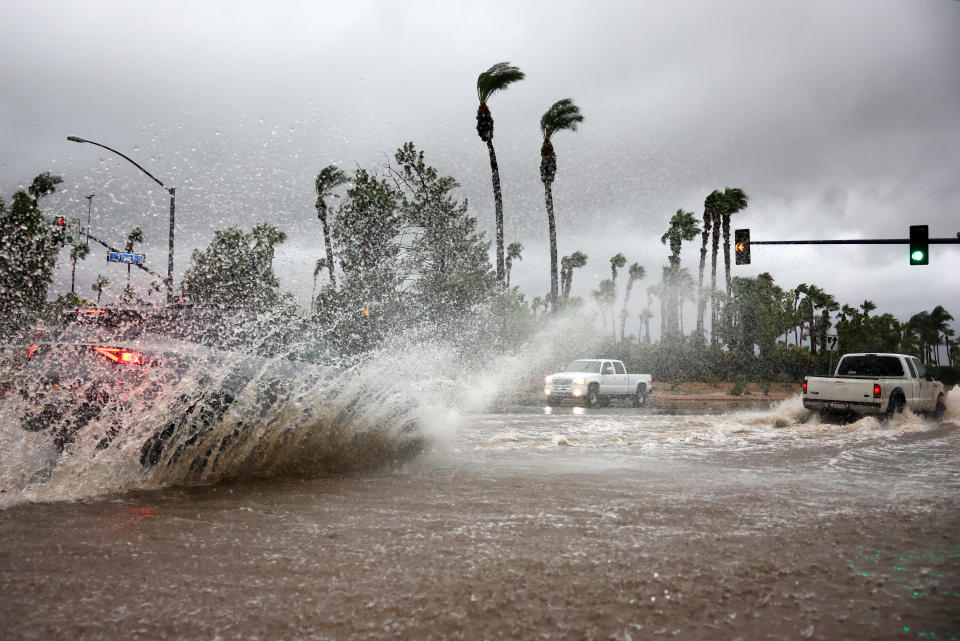
Back on August 20, Hurricane Hilary was downgraded to a tropical storm before making landfall in the northern part of the Baja California Peninsula in Mexico.
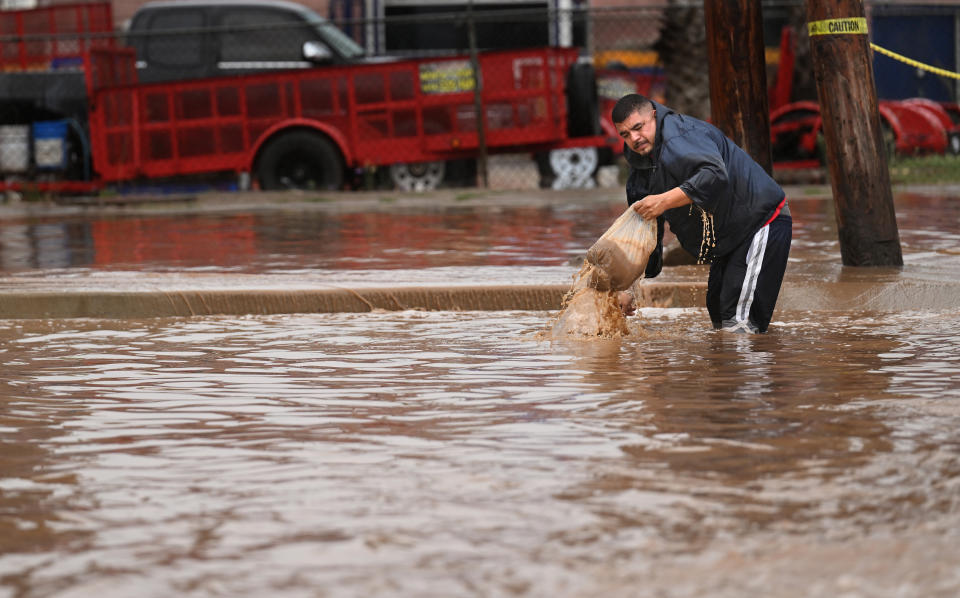
The impact came with entire towns overwhelmingly filled with rushing water, 18,000 soldiers being placed on standby for rescue efforts, and at least one death.
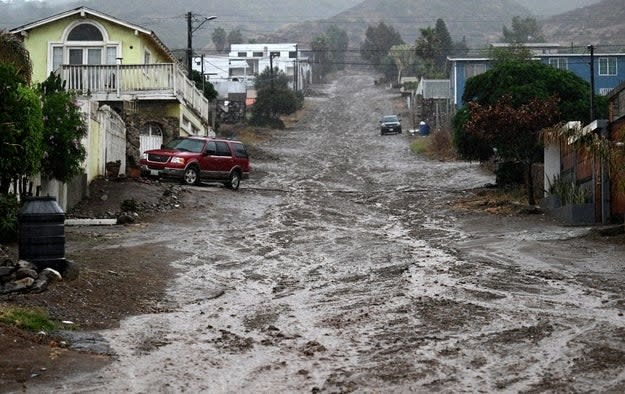
After the storm made its way across Mexico, it traveled towards Southern California. The storm was bringing more water to these desert areas in just a few days than they typically see in a year. So, the National Hurricane Center issued its first-ever tropical storm watch for parts of Southern California.
By the following week, the record-breaking impact of the storm was clear. Los Angeles' National Weather Service declared that "virtually all rainfall daily records have been broken thus far."

Streets, homes, and highways were full of mud, flood waters, and debris. Southern California hadn't seen a tropical storm like this in decades.
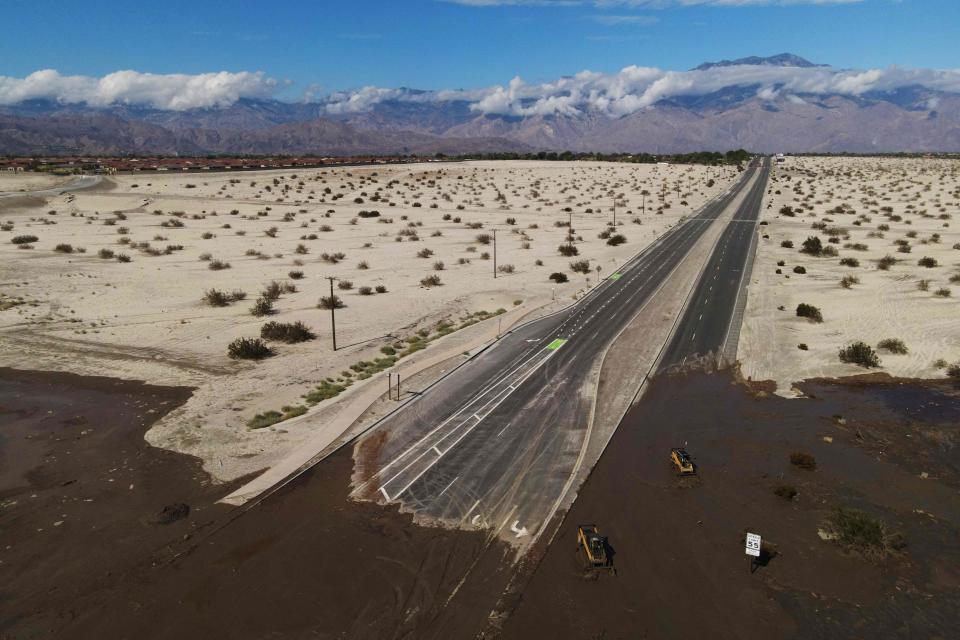
The National Centers for Environmental Information also have the impact of tropical storm Hilary marked as a "potential billion dollar event," meaning that once calculations are finalized, the tropical storm has the potential to hit or exceed a billion dollars worth of losses in the US.
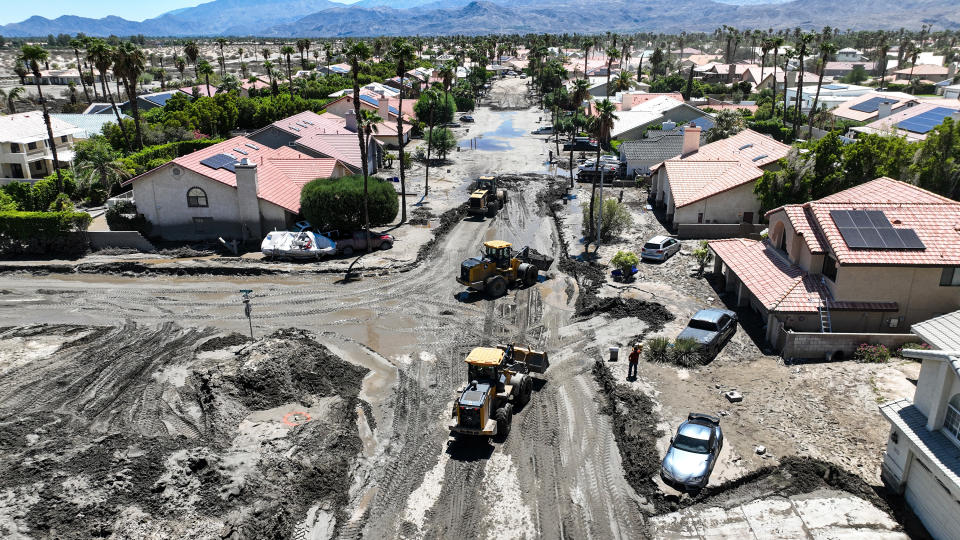
2.Canada Wildfires
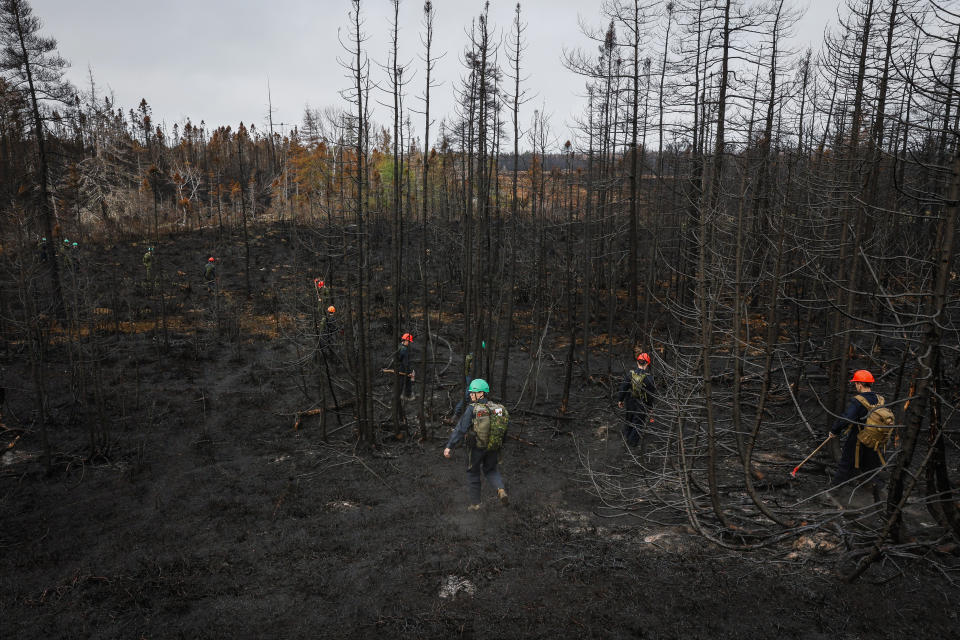
Back in early June, places from New York to Washington, D.C., to Minnesota were feeling the effects of Canada's record-breaking wildfire season. It forced thousands to evacuate their homes in Canada and caused air quality alerts in cities across the US for weeks. People were eventually seeing smoke from the east coast to Montana to as far south as Georgia.
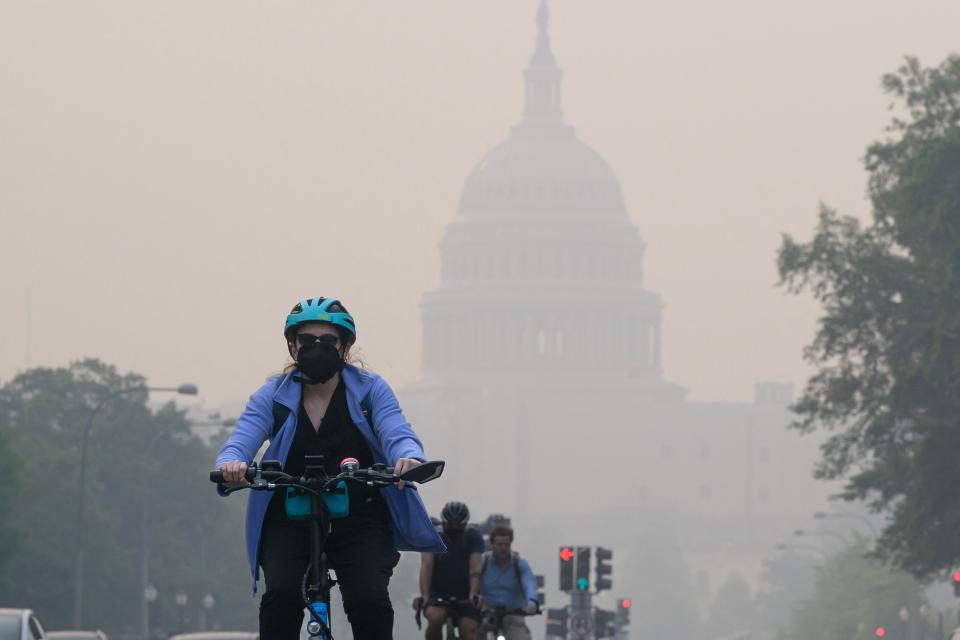
Here's a view of New York City by late June, after weeks of on and off air quality alerts that at one point led to topping the list for the worst air pollution in the world.

Here's a picture of Dancing Woman Mountain in Montana.
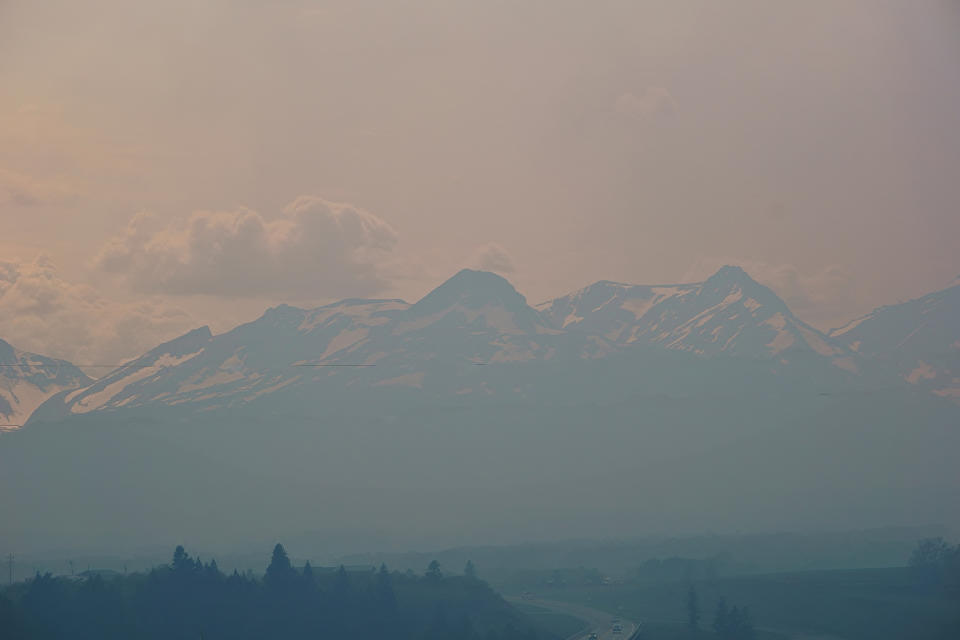
The smoke from Canada grounded flights in the US and even postponed Major League Baseball games.

Thousands of blazes spread throughout Canada over its months-long wildfire season and burned an estimated 18.4 million hectares, which is an area roughly the size of North Dakota. Before 2023, wildfires were on average burning 2.5 million hectares in Canada each year.
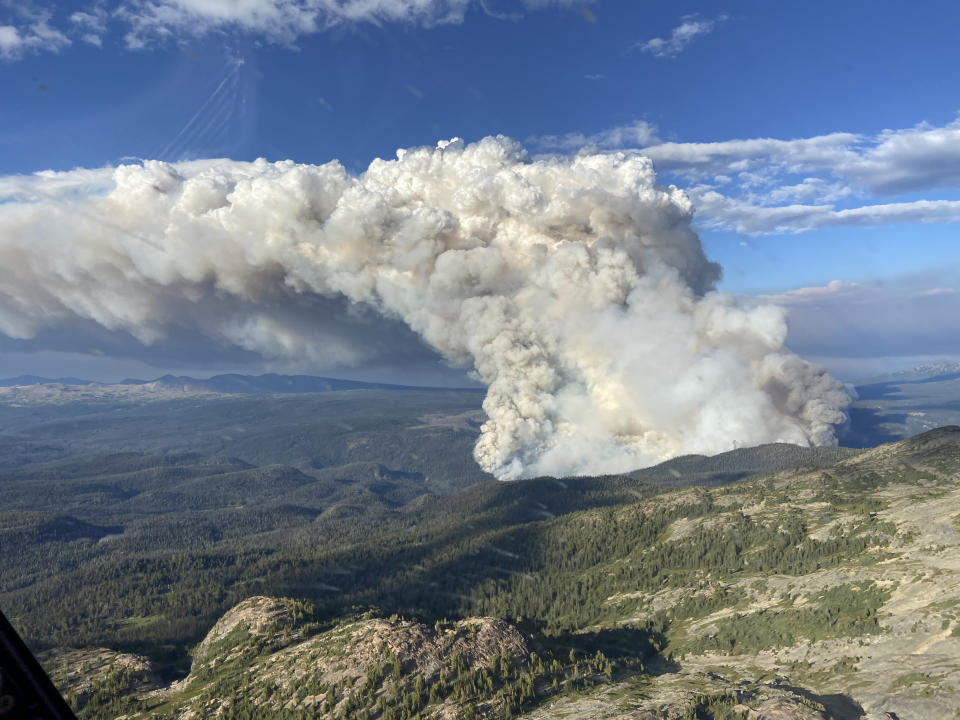
The burning and smoke were so bad that, after weeks, the smoke traveled across the Atlantic Ocean and blanketed parts of southwestern Europe. Places like northern Portugal and Spain were also seeing hazy skies from the wildfires by late June.

3.Perryton, Texas Tornado
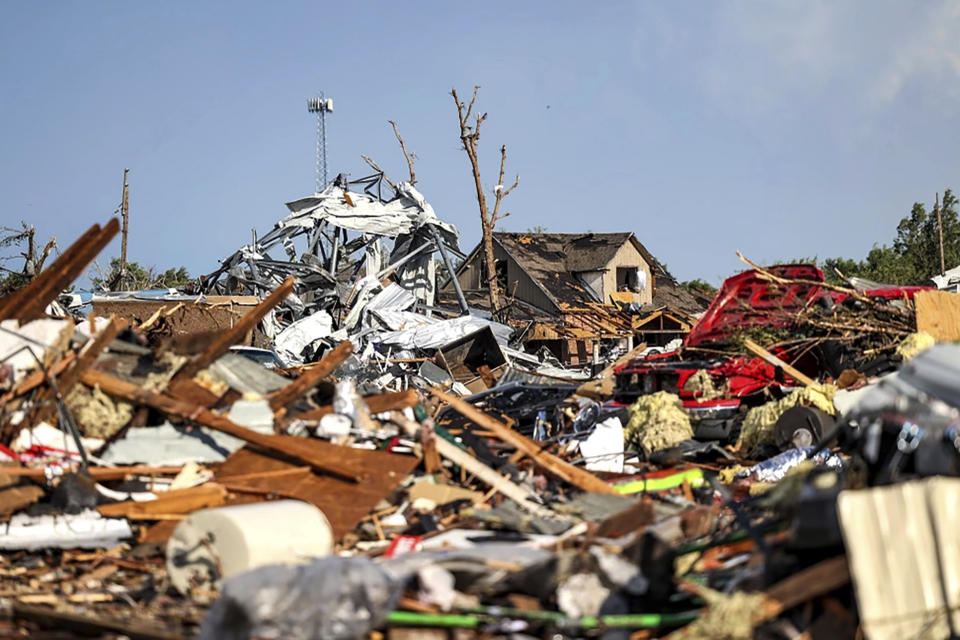
Back in the middle of June, severe storms were ravaging southern states like Texas, Florida, Louisiana, and Mississippi.
Thousands and thousands of people were left without power across the southern states following the severe and deadly storms and tornadoes. At least five people died, and hundreds more were injured.
One town in particular, Perryton, Texas, in the northern part of the state, experienced a tornado so bad that three of the five reported deaths (one of which was an 11-year-old boy) and 100 injuries came from this town of nearly 8,900 people.
The tornado ripped through Perryton in just 11 minutes. People's homes were completely destroyed. Not to mention, the entire South was expected to have triple-digit and record-breaking heat waves in the coming days after the storms and tornadoes.
4.East Palestine, Ohio train derailment
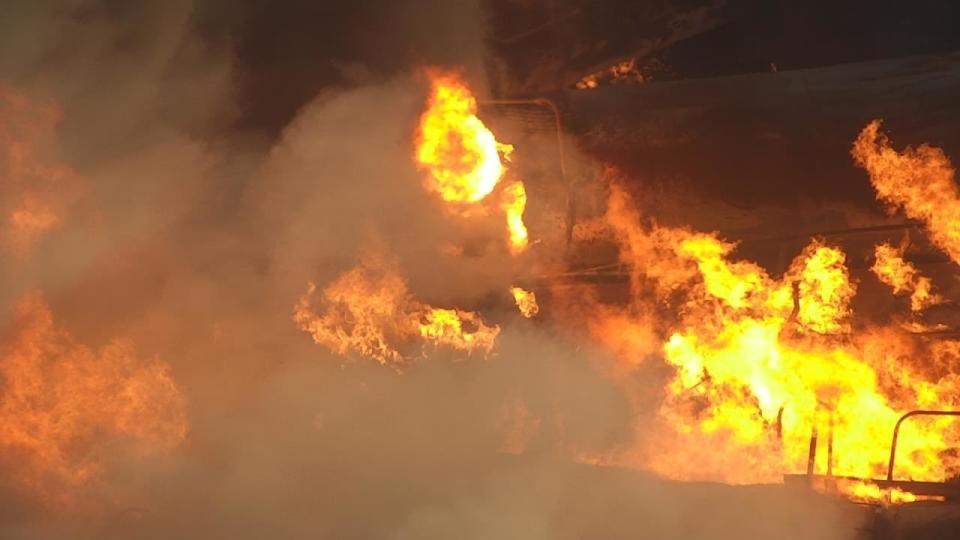
Back in February, my home state experienced a train derailment that wasn't the first or last to come this year. East Palestine, Ohio, a small town of about 4,700 people, was rocked when a train derailed at about 8:55 p.m. on February 3.

The 150-car train had a total of 50 cars affected by the derailment. Of the 50 cars, 20 were carrying hazardous materials, including vinyl chloride, ethylene glycol, ethylhexyl acrylate, butyl acrylate, and isobutylene.

Some cars caught fire, while others spilled their hazardous waste into an adjacent ditch that feeds into Sulphur Run. It's a stream that joins Leslie Run, which eventually empties into the Ohio River — a river that's the source of drinking water for more than five million people. The following morning, they issued an evacuation order to hundreds of nearby residents.
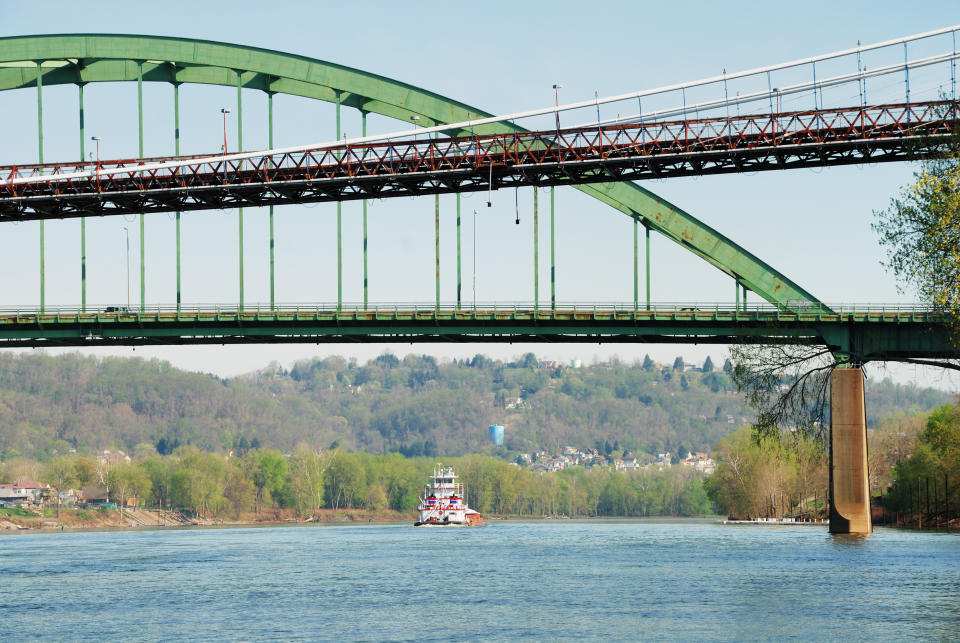
By Monday, February 6, they had started a "controlled release" to prevent an explosion. By Wednesday, Ohio Governor Mike DeWine issued a statement informing people of the controlled burn and that evacuees were able to return to their homes. DeWine also casually slipped in the statement that the controlled burn sent “toxic and potentially deadly” fumes into the air.
Many members of the community immediately began noticing the effects of the spill and the "controlled burn." About 3500 fish representing 12 different species were killed. A woman 10 miles from the train incident said she woke up Tuesday morning and five of her hens and a rooster were dead. Another man said he was experiencing headaches, chest tightness, and eye pain. The same man had over 100 rescue animals, and a multitude of them were very ill or dead.
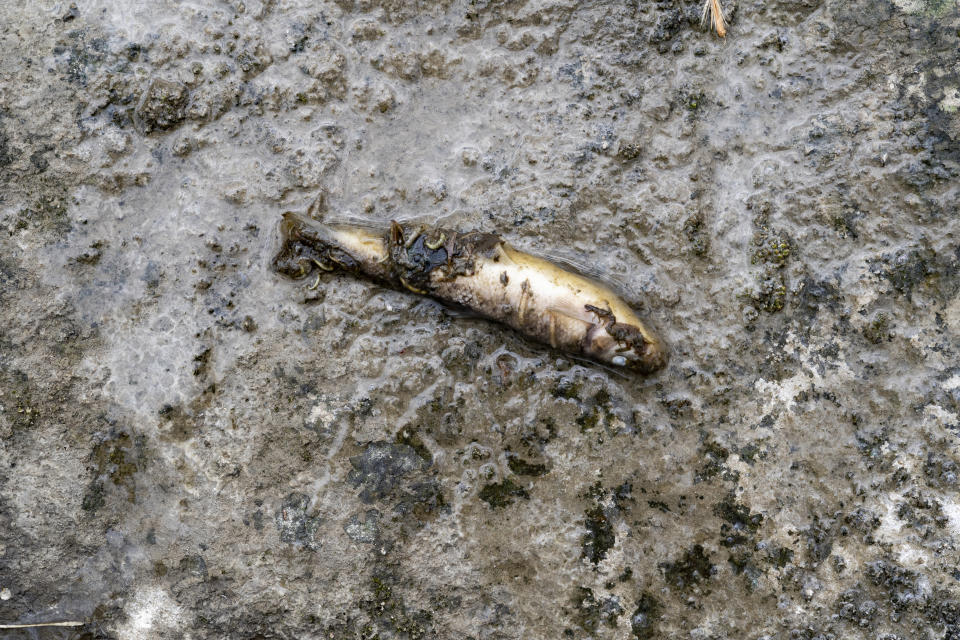
Cleanup efforts and water testing are still "ongoing," and the US Environmental Protection Agency has issued several legal orders to Norfolk Southern (the company that owns the derailed train). The legal orders are to "instruct them to carry out various actions and to hold the railroad accountable for associated cleanup costs." Actions that Norfolk Southern believed would total around $803 million dollars, and that was in July.

Six months after the derailment, people were still worried about the long-term health effects (as they should be). A 46-year member of the community, Jami Wallace, even leads a council to represent residents’ concerns and push for government action. It still makes me wonder, though: do we not hear any news about the city anymore because everything is okay or because it's not and never will be?
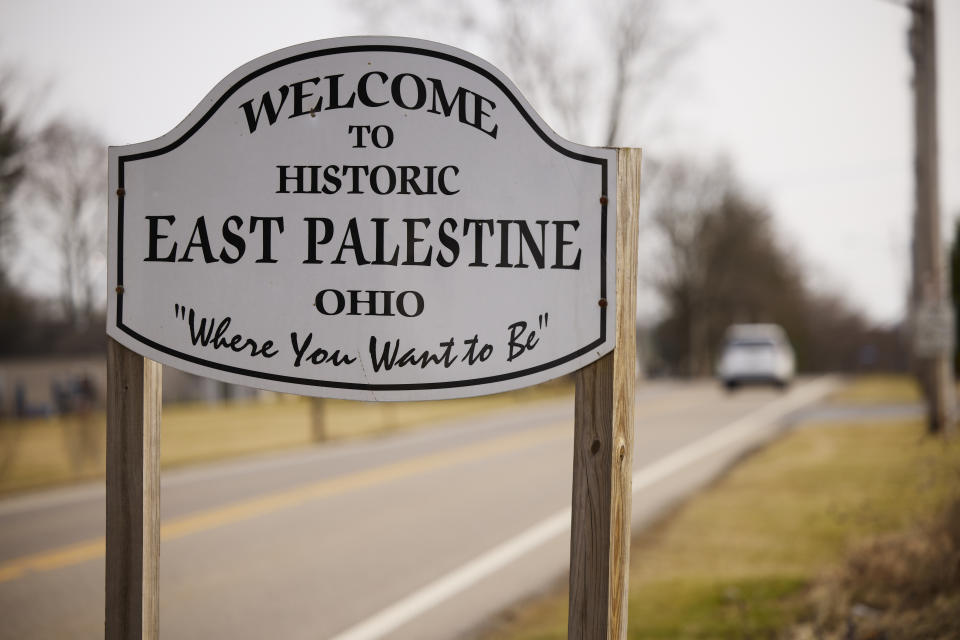
5.Hawai'i firestorm
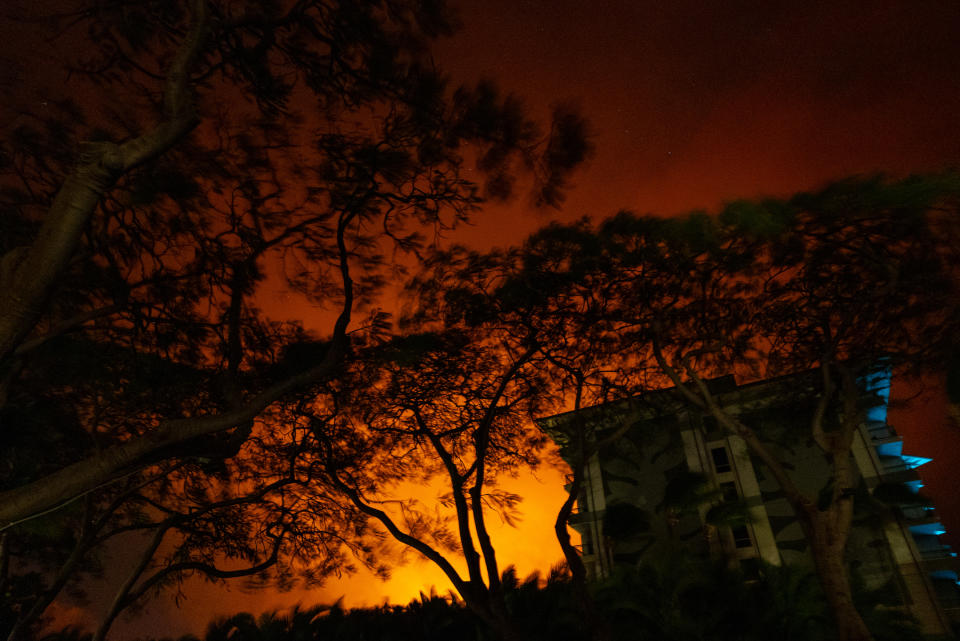
On August 8, the National Weather Service alerted Hawai’i residents that the dry conditions mixed with the strong winds of category 4 Hurricane Dora (a hurricane off the southern coast) would make the area susceptible to dangerous fire conditions.
It all started shortly after midnight on August 8 when a brush fire was reported in Maui's upcountry region, it was a brush fire that would eventually spread over 1,000 acres. Residents in surrounding areas were being evacuated by 3:45 a.m., and firefighters from all over the island were making their way to the scene.
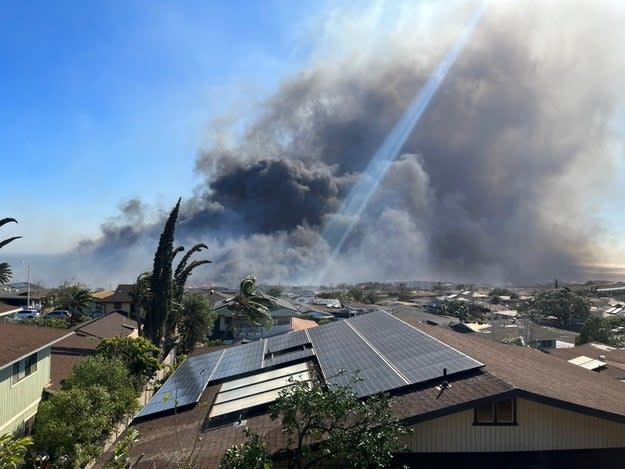
By 6:40 a.m., another brush fire was reported near a Lahaina school. As fires continued to pop up across Maui, more and more people were forced to evacuate and fight their way out of the fire and increasingly thick smoke. By 5:50 pm, an Air Force veteran who was new to the area told CNN, "The blowing embers in the wind looked like it was raining fire."
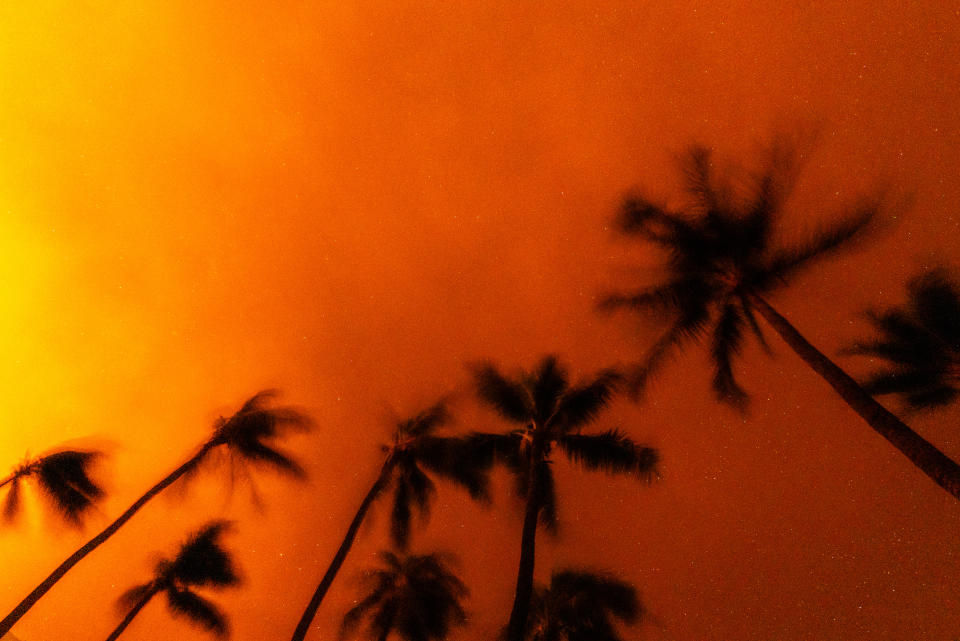
More than 100 lives were lost, and much of the tourist area (and economic hub) of Lahaina, Maui, was completely reduced to ashes. Over 2,200 buildings were destroyed in this area alone. People were even fleeing into the Pacific Ocean to escape the fires. The Coast Guard ended up saving at least 17 people from the water and assisting 40 survivors located ashore. Governor Josh Green described it as likely the "largest natural disaster in Hawai'i's state history."
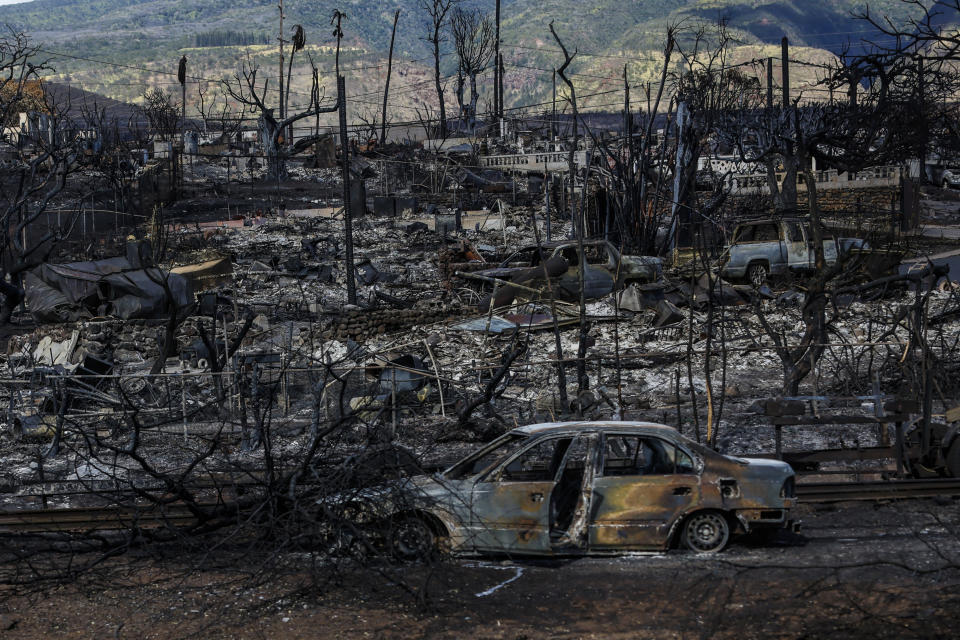
After the fires, thousands of people were left displaced, devastated, and in mourning. The housing crisis still continues. Hawai'i residents have some of the highest housing costs in the nation, and they've only gotten higher and shadier since the fires. Residents were able to live in hotels, Airbnbs, and shelters, but with tourism being such a major source of revenue, the state wanted to get back on its feet. Regardless of whether people are jobless, homeless, and/or have nowhere to go.
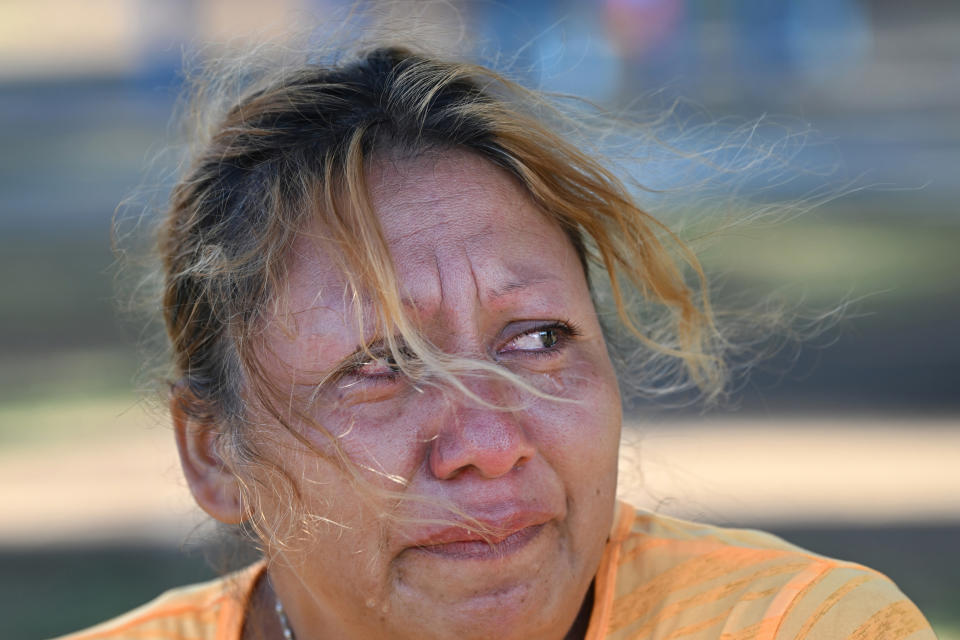
Local residents have taken it upon themselves to build rent-free housing to help displaced residents or even help build construction plans for future homes for free. As the government attempts to make efforts to help and rebuild for the displaced, it's clear that all of that is going to take a lot of time. According to the National Centers for Environmental Information, the firestorm ranked third in cost this year for weather and climate disasters. It was a 5.6 billion dollar devastation.
